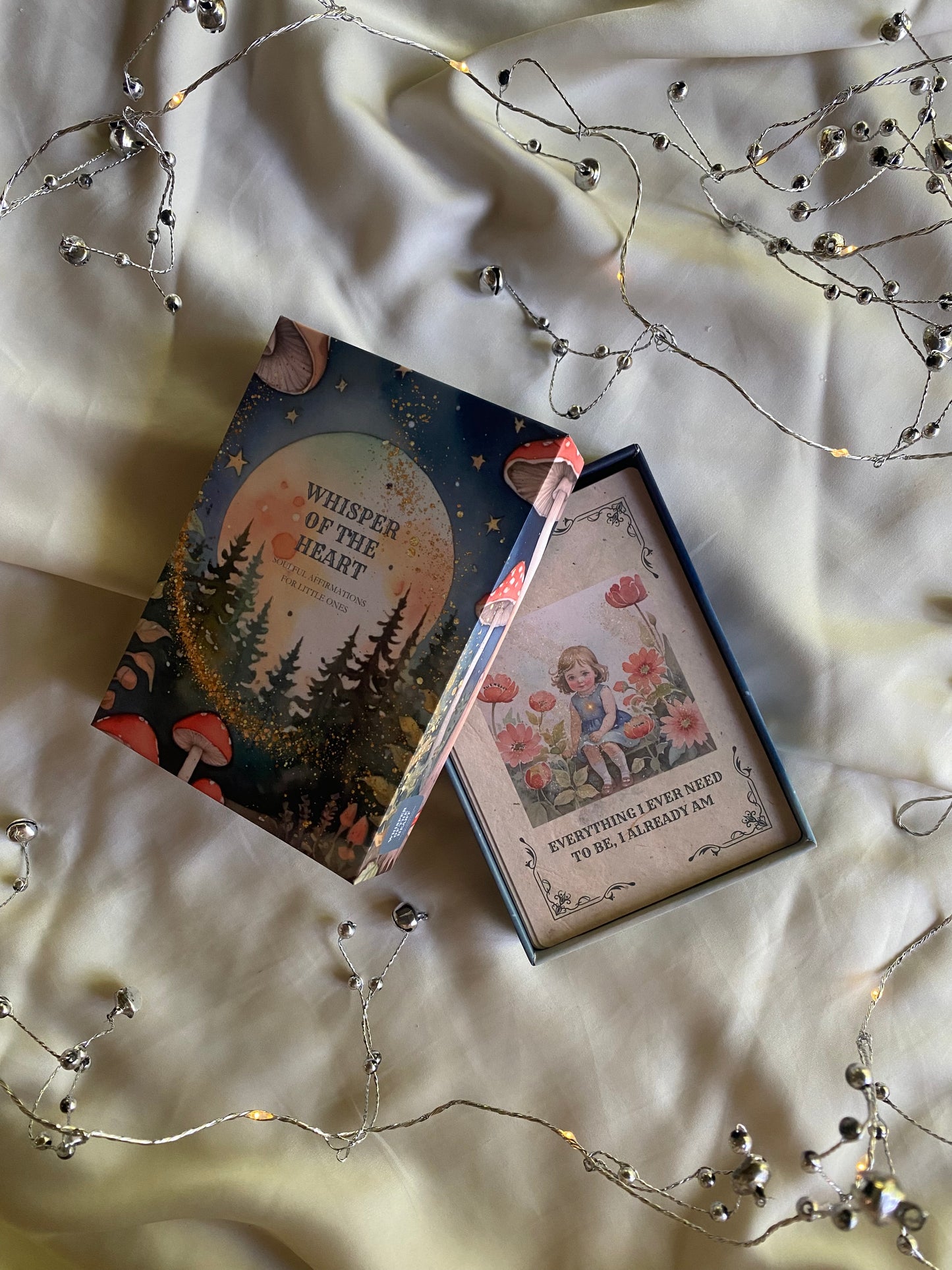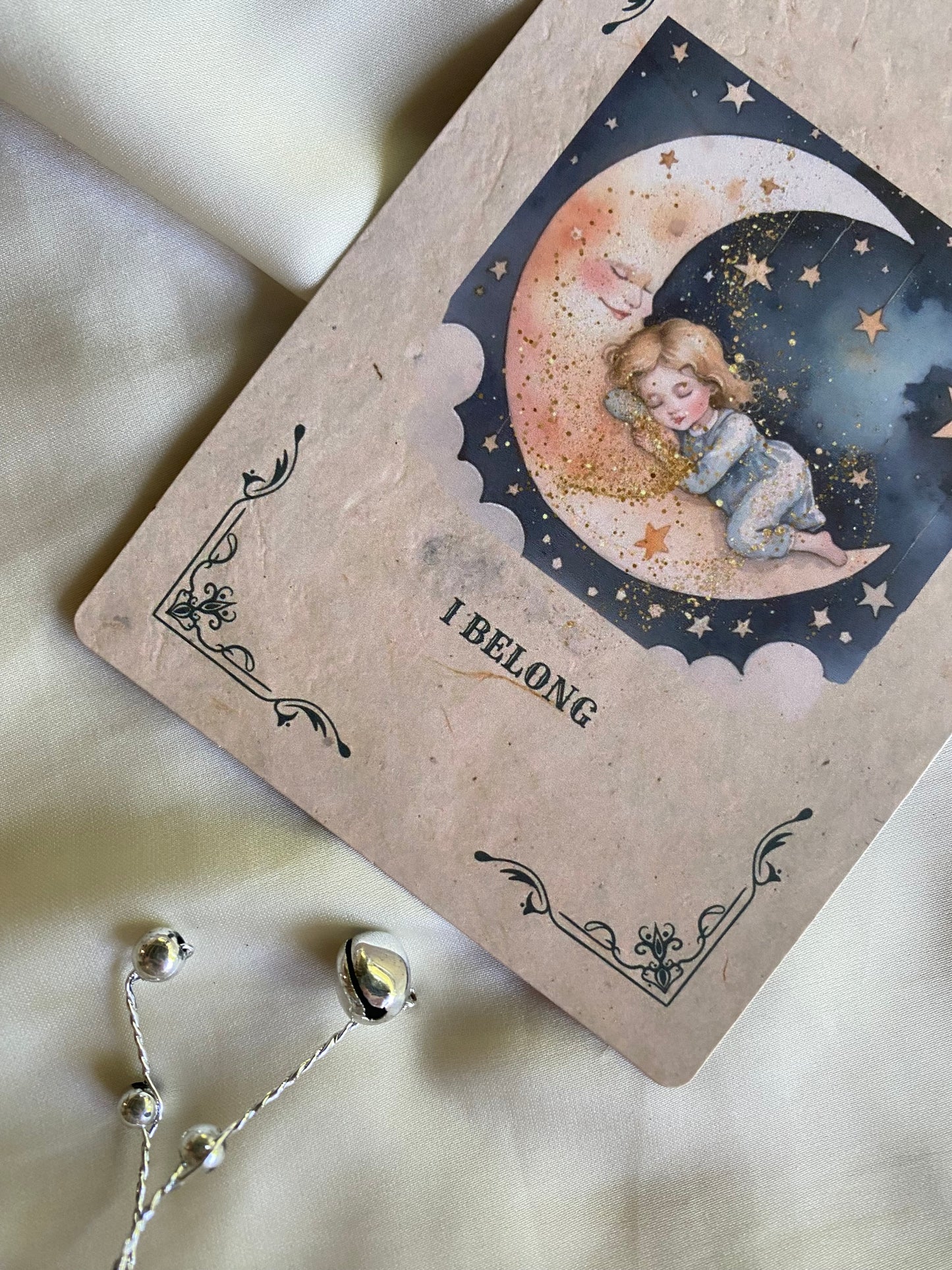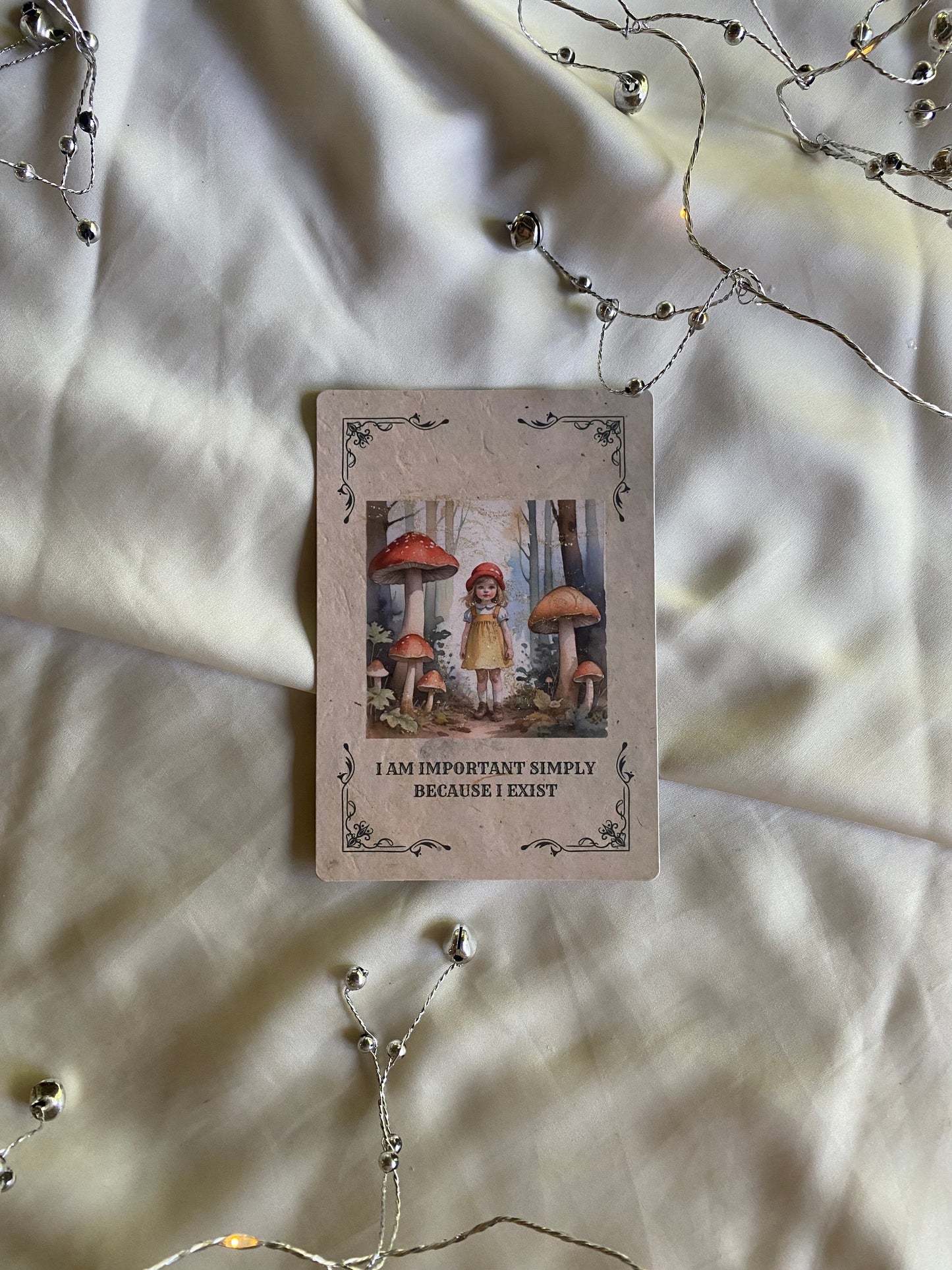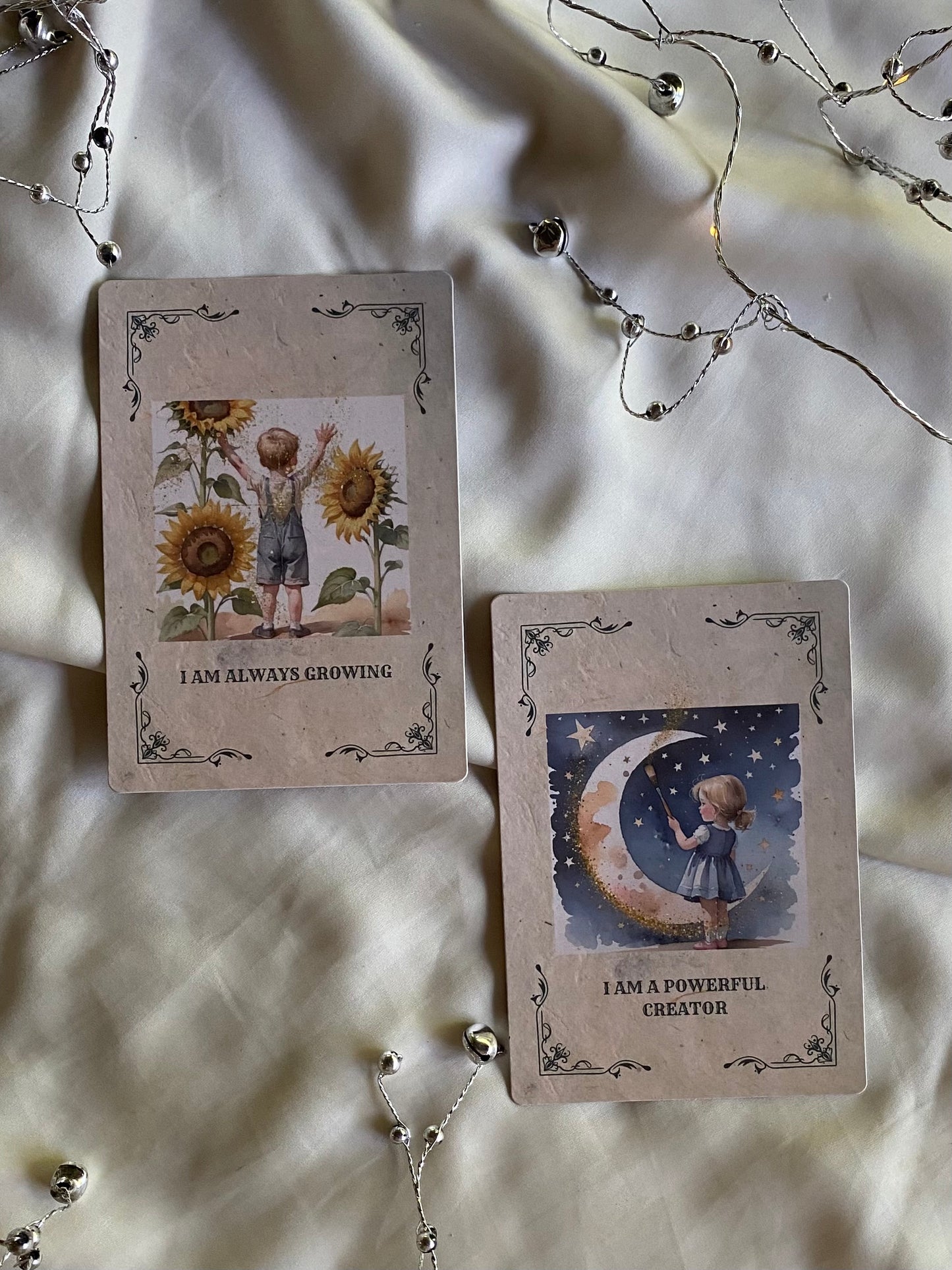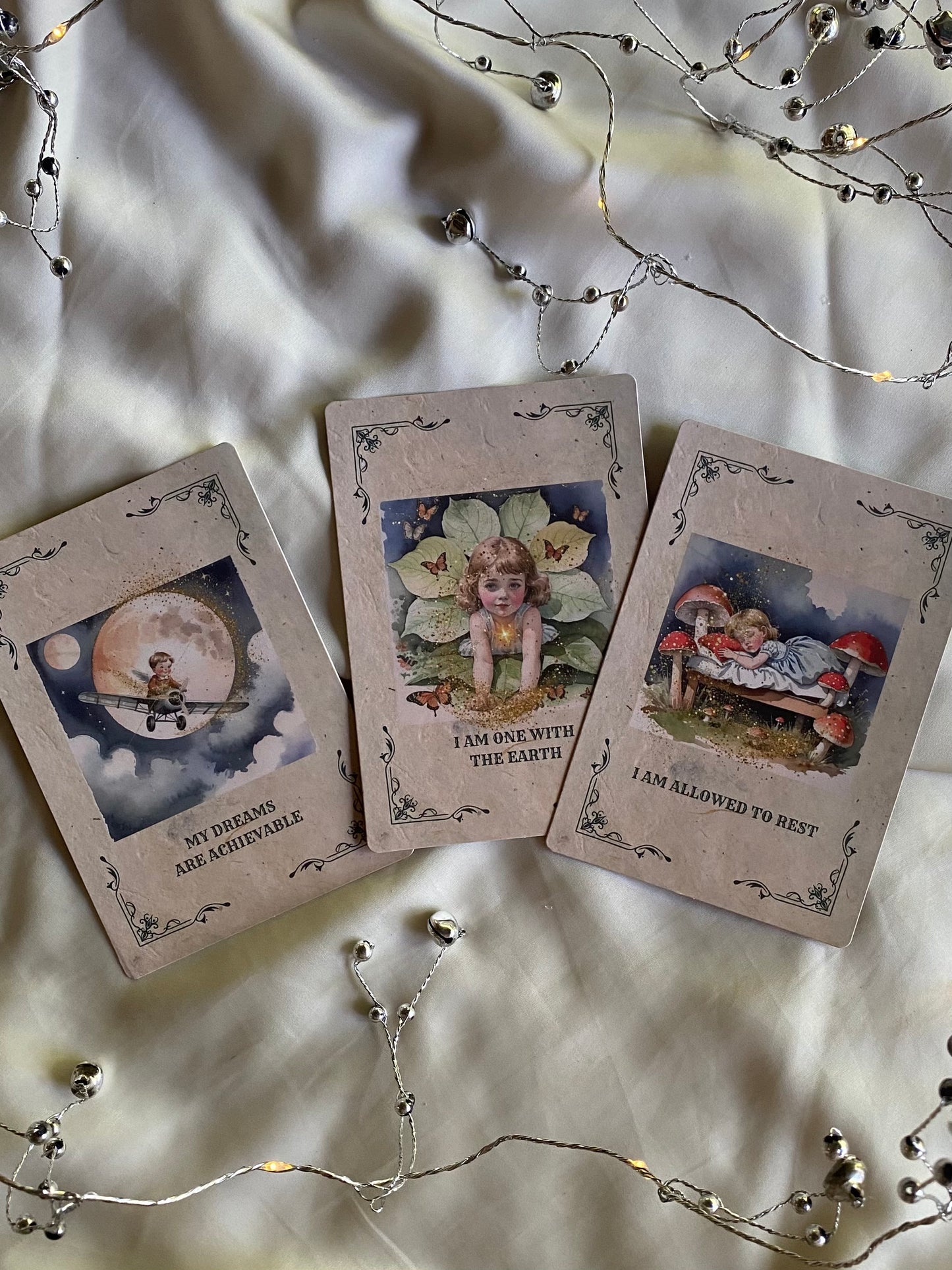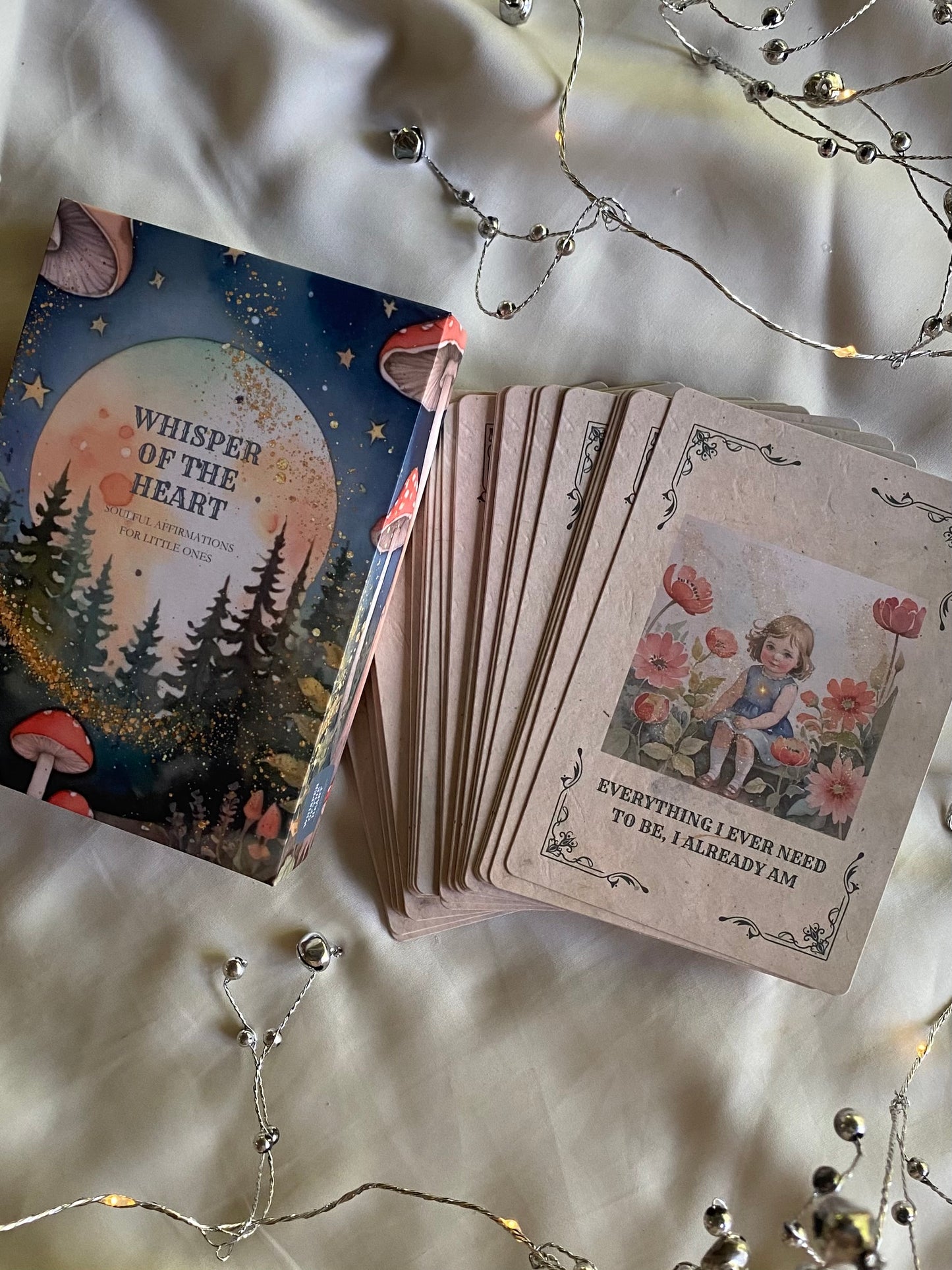
The ancient Folklore of the Northern Lights
Dancing in hues of emerald, pink, and violet, these lights are whispers from the ancients, a bridge between the mortal and the divine, and a canvas for the imagination.
I invite you to journey with me through the tales of the Northern Lights—a collection of myths that weave nature, spirit, and wonder into stories you can share with your family as you marvel at the skies or dream by the fire.

The Icelandic Tale: A Gift for Mothers
In Iceland, the Northern Lights were seen as celestial companions for mothers, believed to ease the pain of childbirth. But there was a gentle warning—mothers were told never to look at the lights during labor, or else their child might be born cross-eyed!
Imagine the Aurora as a guardian watching over every new beginning, reminding us that life itself is woven with magic.

The Finnish Fire Fox: A Spark of Wild Beauty
Farther east, the Finnish people tell of the Revontulet, or “fire fox,” whose swift and fiery tail sends sparks into the night sky. These sparks, it is said, ignite the Aurora Borealis, painting the heavens with the fox’s fleeting glow.
This story invites us to see the natural world as alive with energy and mischief. Picture the fire fox darting across snowy fields, its fiery spirit lighting up the world above—a playful reminder of the wonder hidden in even the quietest moments.
The Sámi Connection: Whales and Starlit Seas
In the Sámi traditions of Lapland, the Northern Lights emerge from the breath of great whales swimming in the icy northern seas. As they exhale, the shimmering spume rises to the heavens, creating the Aurora’s glow.
This myth weaves together sea, sky, and stars, reminding us that all of nature—whether in the depths of the ocean or the heights of the cosmos—is interconnected in a grand, mystical dance.
But not all Sami people revered the light as playful, many feared it as a bad omen and had strict rules to stay hidden when the lights were in the sky.
The Swedish Signs: Blessings from the Gods
In Sweden, the Aurora was seen as a gift from the gods—a sign of hope during the long, dark winters. Some believed it to be the glow of distant volcanic fires, a warm reassurance that light and life would return.
For fishermen, the lights heralded shoals of herring, promising a bountiful catch, while farmers saw them as omens of a good harvest. These tales anchor the Aurora in the rhythms of life, a symbol of abundance and divine care.

The Valkyries: Shields of Light
Among the Norse, the Northern Lights carried a more heroic message. The shimmering bands were thought to be the reflections of the Valkyries’ shields as they rode across the sky. These warrior women, tasked with guiding fallen heroes to Valhalla, lit the way for the brave souls who had earned their place in Odin’s hall.
The Aurora was not just a path to the gods—it was the Bifrost Bridge, the glowing link between Earth and the celestial realms. As the Valkyries’ armour blazed, they honoured courage, sacrifice, and the indomitable human spirit.
While the Northern Lights hold their place in the hearts of many, here in Australia, we are graced with our own celestial wonder—the Southern Lights, or Aurora Australis. Though they are less commonly seen, they shimmer with the same ethereal beauty, painting the southern skies with hues of green, pink, and purple. For those lucky enough to witness them, especially in places like Tasmania or the southern coastline, the Aurora Australis reminds us that the magic of the heavens knows no borders, connecting us all under its dazzling display. Whether north or south, the lights are a gentle nudge to pause, look up, and marvel at the beauty of our shared world.



